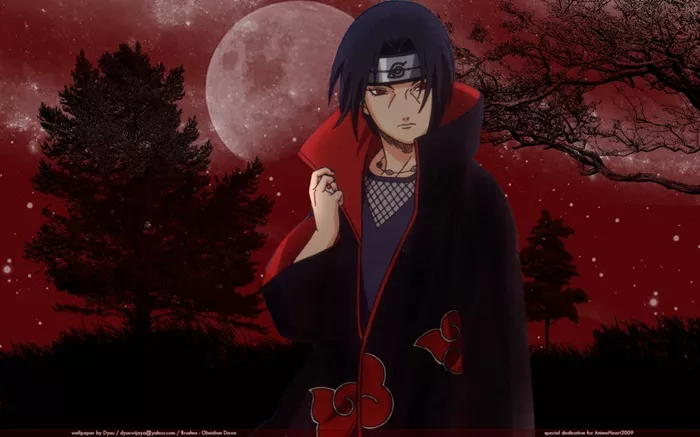Peter Chung’s insights on anime’s global dominance really hit the nail on the head. His perspective on the cultural and technical differences between Japanese and Western animation reveals why anime has been able to carve out such a unique niche in the global entertainment landscape. The emphasis on stylization and the animator’s individuality in anime sets it apart from the often more rigid, realism-focused approach of Western animation. This freedom of expression is one of anime’s defining characteristics, allowing it to explore a vast array of genres, stories, and artistic styles that might not find space in traditional Western animation.
The cultural philosophy behind Japanese animation, which values the artist’s visible hand and embraces abstraction and exaggeration, gives it a sense of authenticity and emotional depth that’s often harder to achieve in more polished, realism-driven Western cartoons. Chung’s comparison to Bunraku puppetry and kabuki theater is a fascinating way to look at it—animation in Japan is an art form that invites the viewer to engage with the medium as a crafted, intentional expression rather than a mere illusion of life.
And when you pair that with Japan’s innovative production techniques—like looped dialogue and a more collaborative, hands-on studio environment—it becomes clear why anime has not only survived but thrived on a global scale. Directors and animators, particularly in iconic studios like Ghibli, often take complete ownership of their projects, ensuring their vision is deeply integrated into every aspect of the production. This level of creative control and unity in production is something that can sometimes get lost in the more segmented, high-budget systems of Western studios.
As you pointed out, anime isn’t just about creating lifelike characters, but about embracing its own identity as a medium for artistic expression. It’s a space where animators can push the boundaries of storytelling and design, and this is what makes anime so universally appealing—it’s a platform for creativity to flourish, unbound by the conventions that sometimes limit Western animation.
Given all this, do you think anime’s growth and influence in the West will continue at the same pace, or is there a chance we’ll see a shift back toward more traditional Western animation methods?
Related Topics:
-
Shonen Jump’s Witch Watch Anime Headed to Theaters, Premiere Date Revealed
-
Netflix to Stream One of 2025’s Most Anticipated Anime: Witch Watch


